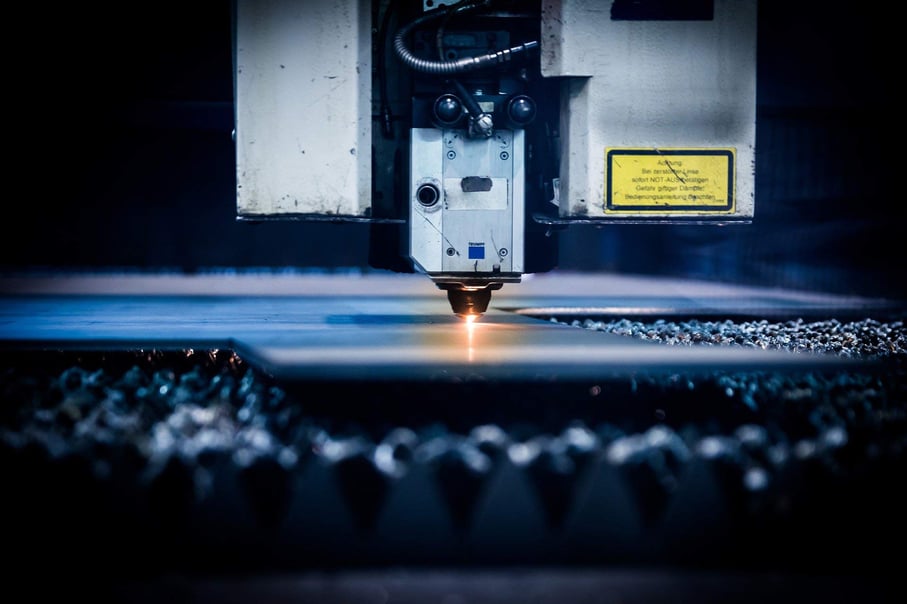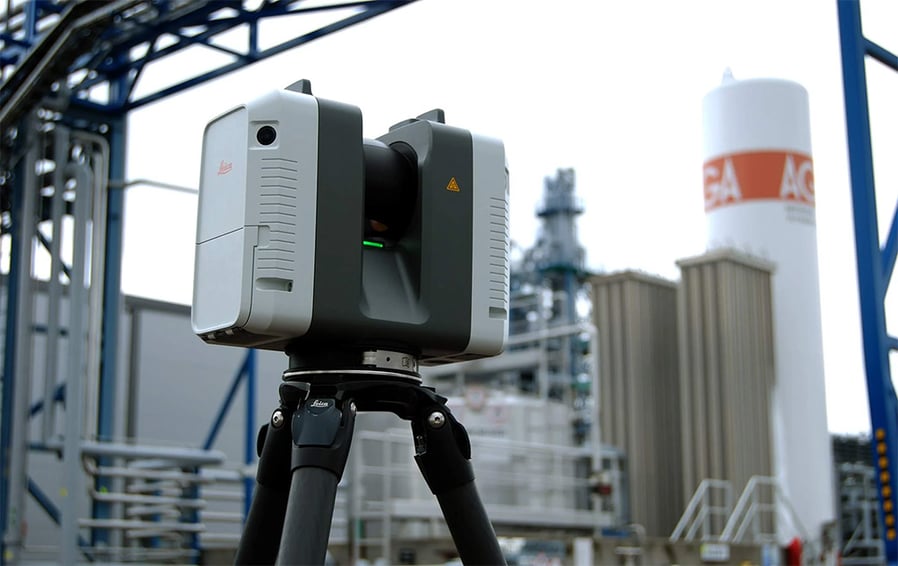 In the manufacturing industry, a digital twin is an instrument that enables us to prepare for situations and address problems.
In the manufacturing industry, a digital twin is an instrument that enables us to prepare for situations and address problems.
Events over the past weeks have encouraged many businesses to identify alternative procedures for exceptional circumstances. This also applies to the manufacturing industry, which also faces its own challenges due to the current global crisis.
Exceptional circumstances force us to find out how to overcome this operatively and economically difficult period. In the manufacturing industry, a digital twin is an instrument that enables us to prepare for situations and address problems, bringing certainty in the midst of the crisis – without physical presence.
What is a digital twin?
Digital twin, like many other technological concepts, has its roots in NASA’s spacecrafts and their policy of precisely modeling the spacecraft launched. This allows preparation for potential future problems and exceptional circumstances. A digital twin also enables us to instantaneously address acute problems and faults – without physical presence or, as in the case of NASA, from the earth.
A digital twin is a precise, continuously updating virtual model of a process, machine, product or even an entire production line. It can be used to represent the use and operating mode of a selected machine or production line in real time enabling us to analyze scenarios and exceptional circumstances in advance before actually facing them.
In this way, a digital twin can also reduce risks related to major investments, thereby also decreasing costs. While a digital twin contains the same information about the device operation as the real device, it also allows its remote monitoring, typically with different sensors.
The following are examples of our digital twin applications in various steps of the production lifecycle.
Simulation enables us to create a Plan B already before it is needed
Simulation is an efficient method, for example, for the management of long supply chains and creation of alternative channels and networks to response to crises. In addition to helping to prepare for exceptional circumstances, plans already in place notably speed up the transition to them.
A simulation service helps create several alternative supply chains thus remarkably reducing the risk of being left with a single supplier that has fallen into difficulties, for example. In this way, production is not so sensitive to disturbances even under exceptional circumstances.
Simulation enables preparation for exceptional circumstances by creating a sample simulation of a crisis or, say, component delivery difficulties and their impact on the production. In practice, a change, such as a component availability problem, can be entered in the system to analyze its impact on the production. This type of simulation can be performed with the production planning and manufacturing execution system iPES by Pinja.
Laser scanning brings the design environment to home offices with millimeter accuracy

While laser scanning is typically used in modernization and expansion projects of existing production plants, it can also be utilized in any application.
Laser scanning is a measurement method where portable measuring equipment (laser scanner) sends laser beams. When hitting the target, laser beams are reflected back to the equipment and stored as three-dimensional point clouds. By connecting these point clouds, a digital record known as a ‘point cloud model’ is obtained. By processing a point cloud model, it is possible to provide three-dimensional millimeter-precision images and documented data of the object measured. Thanks to the measurement speed, reliability and accuracy, laser scanning is an excellent method for digital documentation of various objects.
Laser scaling can minimize worksite visits when areas encompassing hundreds of square meters can be documented during one visit, in one day. Point clouds are introduced into the planning system in order to design changes. This can be performed to the other half of the world while sitting on the sofa at home – with millimeter accuracy and without dimensional errors.
While laser scanning is typically used in modernization and expansion projects of existing production plants, it can also be utilized in any application where initial design data must be acquired quickly and precisely. In addition, it is possible to get high-quality photographs of the object to support documentation, if needed. Laser scanning saves time and is surprisingly cost-effective when analyzing it after completion of the design project.
A digital window into production
Modern automation solutions enable remote monitoring and control of entire production plants with the precision of individual devices. With a well implemented automation system, production continues at an optimal level even with temporarily reduced human resources.
For example, GEMA enables you to monitor production according to the digital twin principle from anywhere around the world using either a VPN connection or a cloud service. To avoid guesswork, GEMA by Pinja provides us with real-time data on the machine operation and production volume.
GEMA allows us to make efficient decisions based on correct data – also remotely. No matter whether you are responsible for production, procurement or sales or a member of top management, you can monitor production conditions from home. Data is transparent and available to all who need it and the production staff can work peacefully without any extra contacts.
Social distancing = Digital approaching
Digitalization is centered on the human factor. A digital twin, such as simulation, remote control and monitoring as digital solutions, keeps our customers close to the physical production environment. We also aim at the same thing under these exceptional circumstances in our daily interaction with our customers. Let us therefore allow the digital technology bring us closer to each other!
Explore our services in more detail and download the “We are Pinja” brochure.
Read more
iPes by Pinja
GEMA by Pinja
Manufacturing industry
A modern integration solution solves data transfer challenges
Back to the Pinja Blog
Categories
- Career at Pinja (68)
- Manufacturing (48)
- Knowledge Management (45)
- Production Development (44)
- Software Partnership & Tools (42)
- Sustainability (37)
- Wood and Forestry (37)
- Bioenergy and Recycling (27)
- IT Support and Outsourcing (24)
- Ecommerce (23)
- Maintenance (22)
- Artificial Intelligence and Machine Learning (15)
- Public Services (9)
- Compliance (1)
